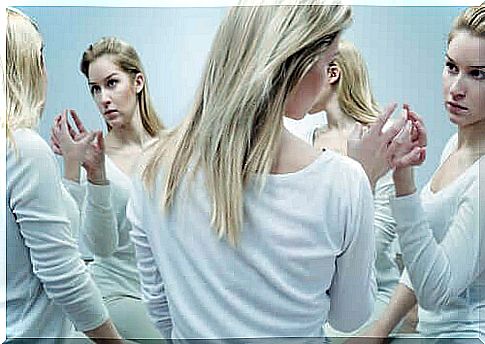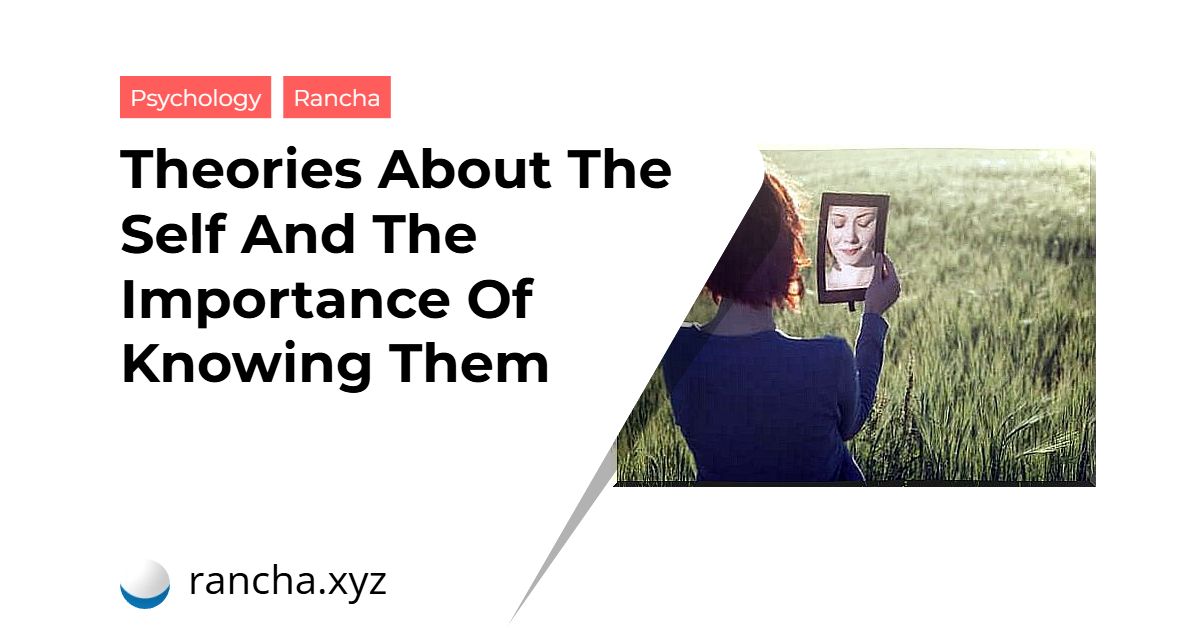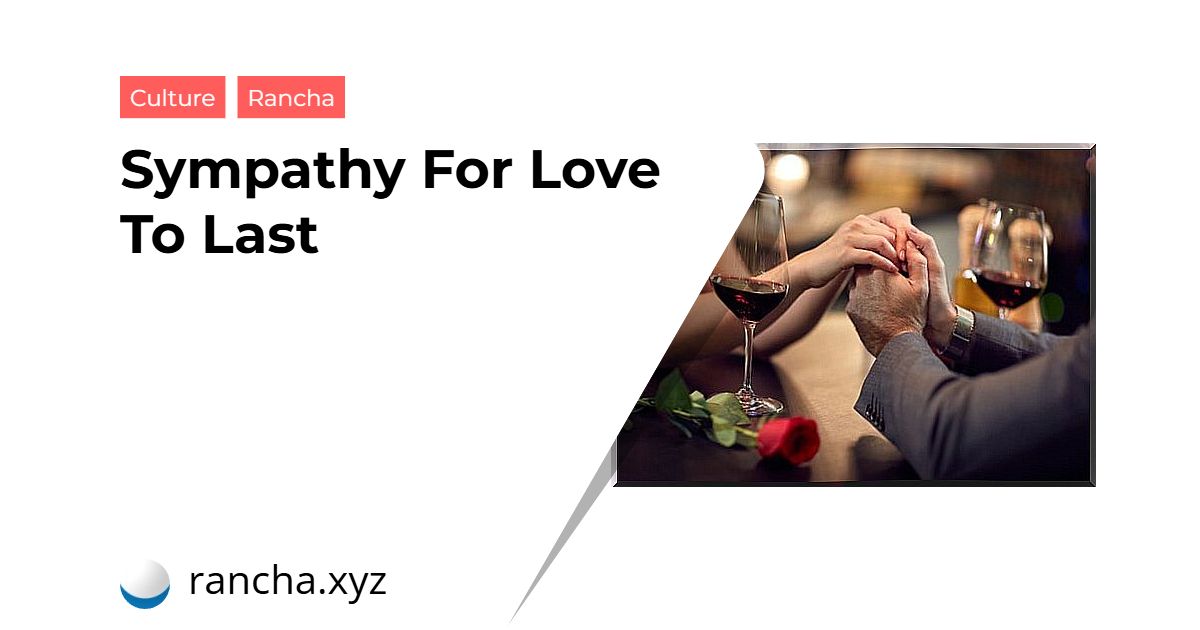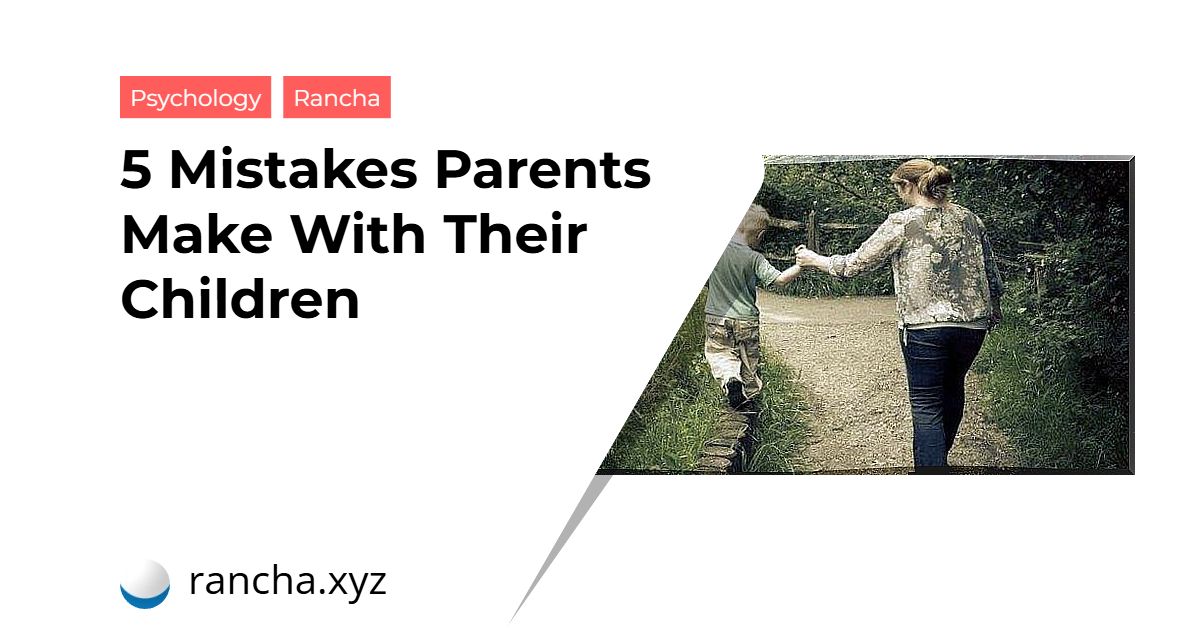There are several theories about the self that have tried to define this concept. From Williams James in the late nineteenth century, who distinguished between the “I” as an object of experience and the “I” as an observer, to the most orthodox psychoanalysis. The self is the self-referential part of our being. It represents the meaning of our identity and depends on seeing ourselves as protagonists of our life experiences.
Although the human being has a unique essence, it is not formed by a single self. Within each person there are countless roles and facets, present, past and future selves.
A good way to maintain good self-esteem is to be aware that all these roles exist, valuing them, accepting them, but not merging with them. Not merging into a role implies that the person understands that neither begins and completes their definition at the same time.
This means that if in my life, due to different experiences, one of my roles is diminished in some sense, I don’t have to feel completely unhappy. The rest of the undamaged selves can make up for this pain.
However, if I merge too much with one of the selfs and encounter some disturbing circumstance for that role, my whole self is threatened. So, it will be more complicated to act in my daily life.
Next, we will present some of the psychological theories that have an interest in defining the self and its relationship to affect and self-esteem.

The Self Discrepancy Theory (Higgins)
Higgins’ self-discrepancy theory focuses on the theme of self-guides. This author says that the self is not a unitary concept. In this way, to define the different components of the self, he alludes to two parameters: the domains of the self and the points of view of the self.
In this last criterion we find the person’s perspective on himself, as well as what he believes significant people have about him.
Based on the theory of self-discrepancy, we can find different domains of the self in terms of one’s own point of view and that of others. These would be:
- The real self (what I am);
- The ideal self (how I would like to be);
- The me that I should be;
- The potential self (what I could be);
- The future self or what I hope to be.
The real self for Higgins would be our self-concept : what we know about ourselves as well as what others know. The rest of the selfs would be the guides to the self, or how far I move or want to go.
Self-esteem would remain at an optimal level as long as there wasn’t too much discrepancy between the selves. Also, if we pay more attention or merge more with one self than another, we will likely experience certain emotions.
For example, if the me that I should be is very relevant and I feel merged with it, when some circumstance interrupts it, I will feel very guilty. If I become obsessed with my ideal self and it is very difficult to reach the goals that guide me towards it, I may end up frustrated.
Self guides are positive and help us grow in life, but the key is not to get too attached to any of them, keeping the current self-concept at an optimal level: the real self.
The self-complexity theory of the self (Linville)
Linville formulated a model that relates the multiplicity of the self or self-complexity to affective variability. It consists of four assumptions:
The first assumes that the self is cognitively represented by multiple aspects. These aspects depend on the number of social roles a person has in their life (for example, wife, mother, lawyer), but also on the type of interpersonal relationships they establish (colleague, rivalry, support, maternal), activities performing (playing cards, swimming, writing), or personality traits (ambitious, creative).
Each of these aspects of the self organizes a set of propositions and characteristics about itself (personality traits, physical characteristics, abilities, preferences, goals, autobiographical memories) so that aspects of the self differ among them as they encompass distinct sets. of features.
On the other hand, Linville defines self-complexity in terms of two elements: the number of aspects of the self and the degree of differentiation between these aspects. People with high self-complexity organize their knowledge of themselves in terms of a greater number of aspects of the self, and maintain greater distinctions between them.
In this sense, it is normal for people to feel good about some roles they play and not to feel good about others. For example, a person may be proud of themselves as a mother, but they may feel ashamed of how they play their role as a worker.
If I maintain a self-complexity, that is, many different selves, my affective reactions will be less extreme when one of the selves is “punished”. What affects me as a mother has no reason to influence me as a worker, daughter, sister or friend.

What can we conclude from theories about the self?
It is healthy that, throughout our experience, we maintain certain self-guides, as proposed by Higgins, that allow us to define goals or goals in life.
They can also help us stay coherent and work for what we deserve and want to become. On the other hand, as Linville argued, it is desirable to have several selfs without merging with any of them. That’s keeping a high complexity.
That way, the ups and downs of life would affect us much less. It’s about not putting all your eggs in one basket.
Whatever happens that might affect some of our roles, there will always be a self that stays intact and that can mitigate the consequences on mood and self-esteem. “High self-complexity protects us in bad times, but it also keeps us grounded in good times.”
 rancha.xyz Be free to choose their own route to self-knowledge, health and balance of body and soul.
rancha.xyz Be free to choose their own route to self-knowledge, health and balance of body and soul.




